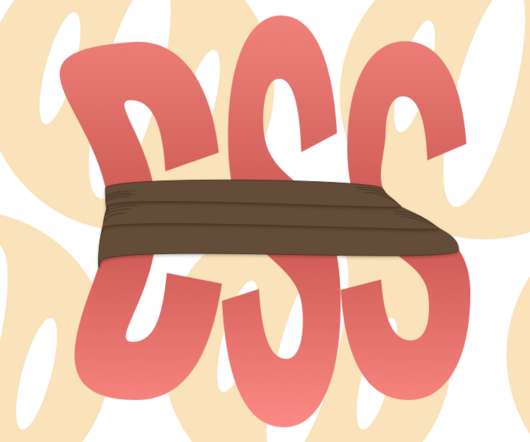The Return of the Frame Pointers
Brendan Gregg
MARCH 16, 2024
Only in extreme circumstances does the cost (in processor time and I-cache footprint) translate to a tangible benefit - circumstances which usually resort to hand-coded assembly anyway. It shouldn't be 10%, unless it's cache effects. And for leaf routines (which never establish a frame), this is a non-issue.











Let's personalize your content